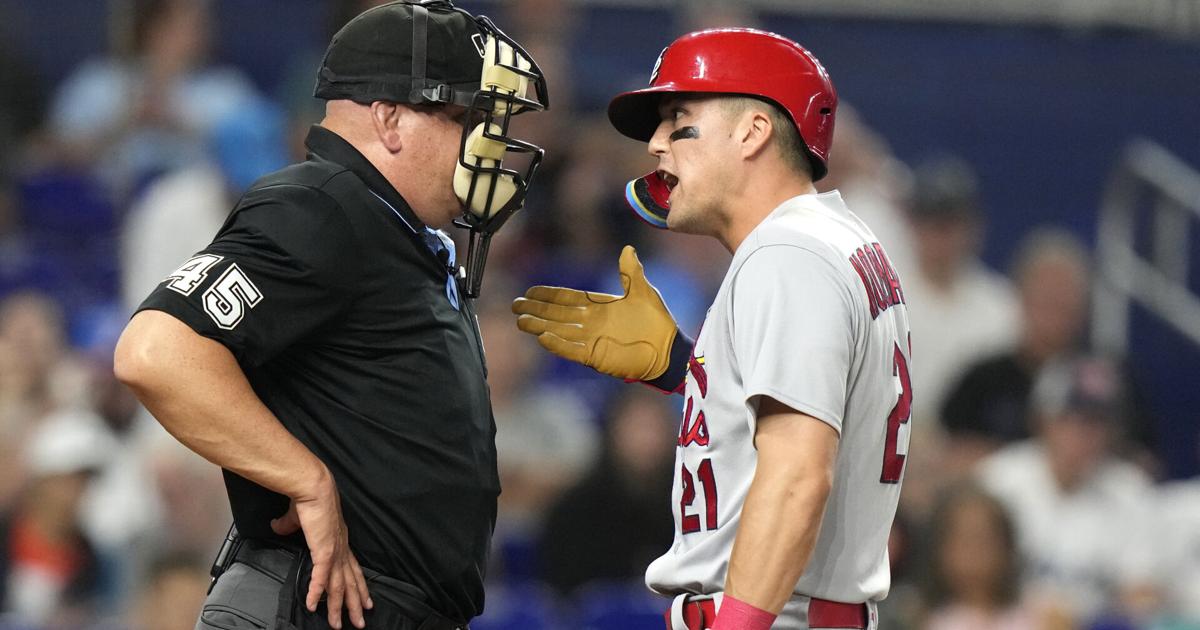Yards after the catch can help take the Miami Dolphins offense to a new level in 2023
The New England Patriots had more YAC yards than the Miami Dolphins in 2022.
Tyreek Hill hit the ground running with the Miami Dolphins, finishing the year ranked second in both yards (1,710) and receptions (119) in his first year playing in South Florida. His running mate, former first-round pick Jaylen Waddle, finished the 2022 season with a league-best 18.1 yards per reception.
Miami’s one-two punch took the league by storm — but Mike McDaniel’s offense didn’t produce nearly as many yards after the catch as one may expect.
The Kansas City Chiefs led the league with 2,797 yards after the catch while the San Francisco 49ers — McDaniel’s former team — closed the year ranked sixth with 2,192 yards after the catch.
Miami, meanwhile, closed the year ranked No. 14 with just 1,873 yards after the catch — one spot behind the New England Patriots (1,873 in YAC). The Dolphins didn’t necessarily struggle on offense, especially when quarterback Tua Tagovailoa was on the field, but yards after the catch may break the glass ceiling separating the good from the great.
The Dolphins finished sixth in the league with an average of 364.5 yards per game — not bad for a team with a first-year head coach and a starting quarterback that played in just 13 games.
Waddle finished the year ranked seventh in yards (1,356) while Hill was in the race for offensive player of the year for most of the season — how can this offense take another step forward?
Trent Sherfield and Mike Gesicki combined for 103 targets last season and both joined divisional foes in free agency. On the surface, Miami added Braxton Berrios and Robbie Chosen to fill the void, but once you look deeper, don’t ignore the value of bringing in guys like Eric Saubert and Tyler Kroft.
The duo of tight ends combined for 29 total targets last season — but general manager Chris Grier and the front office looked at other ways to provide value.
Last season, Gesicki was lined up in the slot 50 percent of his snaps and was only targeted once in five different games. Being a limited blocker, he spent a fair portion of his snaps as a decoy.
Slightly less than half of Sherfield’s snaps came out of the slot and neither of these players fit the vision of a downfield blocker like Kroft (6’6”, 252 lbs) and Saubert (6’5”, 253 lbs).
Saubert spent 54 percent of his snaps inline and didn’t allow a sack in 192 plays as a blocker. Kroft, meanwhile, hasn’t allowed a sack in more than 800 blocking snaps over the past four years. There is no denying that blocking downfield and staying home to protect the quarterback are entirely different animals, but Miami avoided flashy playmakers and instead focused on players that can make an impact without the football.
Saubert’s Denver Broncos finished 12th in yards after the catch while Kroft spent last season in San Francisco, which operates an offense incredibly similar to what McDaniel is trying to accomplish with the Dolphins.
It’s hard to imagine that Hill and Waddle improve on their eye-popping usage rate but Miami doesn’t need players to make an impact with the ball in their hands. The Dolphins finished last season with 12.8 percent of targets going to the tight end — the league’s lowest mark — while having Gesicki play on the franchise tag.
The longer McDaniel is in charge, the more he can build the team to fit his vision. The additions of Saubert and Kroft may not move the needle on paper, but once the pads are on, the vision is for them to pounce on mismatches while creating space down the field.
Miami finished last season ranked 10th in total targets last season. In comparison, San Francisco finished near the bottom half of the league. Moving forward, Miami could look for running backs to see more targets while Hill and Waddle continue leading the charge.
If all goes according to plan, more big plays mean fewer targets — and fewer opportunities to make back-breaking mistakes.
The Dolphins force-fed a high-priced tight end in 2022 with limited results. However, the shift toward run-blocking tight ends isn’t just about improving the rushing attack, but also acknowledging that 10 players can make a difference without having the ball tucked under their arm.
Read more
:no_upscale()/cdn.vox-cdn.com/uploads/chorus_image/image/72343697/1452392167.0.jpg)


